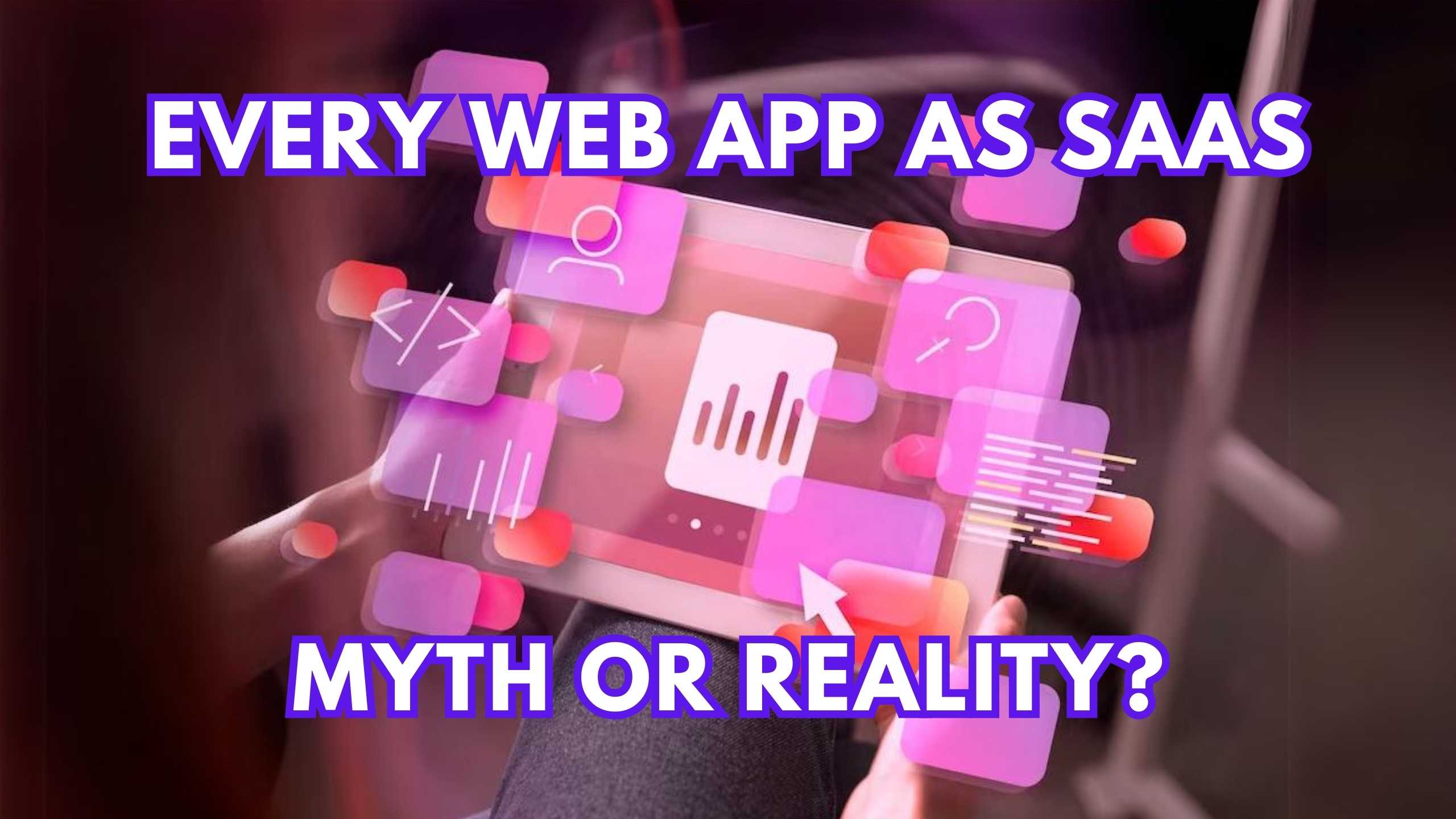Every Web App as SaaS: Myth or Reality?
- WebOps Platforms Bug Tracking & Feedback Software Web Development & Design


Every Web App as SaaS: Myth or Reality?
The digital landscape is brimming with web applications, each serving a unique purpose. But is every web app truly a Software as a Service (SaaS)? In this exploration, we uncover the distinction between a standard web app and the SaaS model, shedding light on the realities and myths that surround this intriguing question.
Understanding the SaaS Model
Software as a Service (SaaS) represents a cloud computing model where software is hosted centrally and made available to users over the internet. It’s characterized by subscription-based access, regular updates, and centralized management, offering a seamless experience for users. While SaaS has gained immense popularity, not every web app adheres to this model.
Debunking the Myth: Not All Web Apps are SaaS
1. Static Web Apps
Reality: Many web apps, particularly static ones, don’t follow the SaaS model. These apps deliver fixed content without dynamic updates or user-specific interactions, making them distinct from the subscription-based SaaS approach.
2. Single-User Apps
Reality: Apps designed for individual use, devoid of collaborative features or subscription plans, often fall outside the SaaS category. Single-user applications are standalone tools tailored for personal use rather than enterprise-wide adoption.
3. On-Premises Software
Reality: Traditional on-premises software, installed and operated from a user’s in-house server and computing infrastructure, does not align with the cloud-based, subscription-oriented nature of SaaS.
4. Limited Functionality Apps
Reality: Apps with limited functionalities, catering to specific tasks without an expansive feature set or scalability, may not embody the comprehensive nature of SaaS solutions.
5. Free Access Web Apps
Reality: Many web apps offer free access without a subscription model. While they may provide valuable services, the absence of a subscription-based structure differentiates them from SaaS offerings.
SaaS Products Redefining the Landscape
- Salesforce: A pioneer in cloud-based CRM, Salesforce empowers businesses with a suite of tools for sales, service, and marketing.
- Slack: Revolutionizing team communication, Slack is a collaborative platform offering real-time messaging, file sharing, and integration capabilities.
- Zoom: In the realm of video conferencing, Zoom has become synonymous with seamless online meetings and virtual collaboration.
- Adobe Creative Cloud: Tailored for creatives, Adobe Creative Cloud provides a comprehensive suite of applications for design, photography, video editing, and more.
- Trello: Simplifying project management, Trello is an intuitive collaboration tool that uses boards, lists, and cards to organize tasks.
Conclusion: Navigating the Web App Spectrum
In conclusion, not every web app is a SaaS offering. The SaaS model entails specific characteristics that go beyond the standard functionalities of web applications. As businesses evaluate their software needs, understanding the distinctions between web apps and SaaS becomes crucial for informed decision-making.
Elevate Your Software Experience with Subscribed.fyi!
Discover the realm of SaaS tools and optimize your digital journey with Subscribed.fyi Deals. Sign up today to access exclusive deals, compare software options, and unlock savings on your favorite SaaS products.
Relevant Links:





